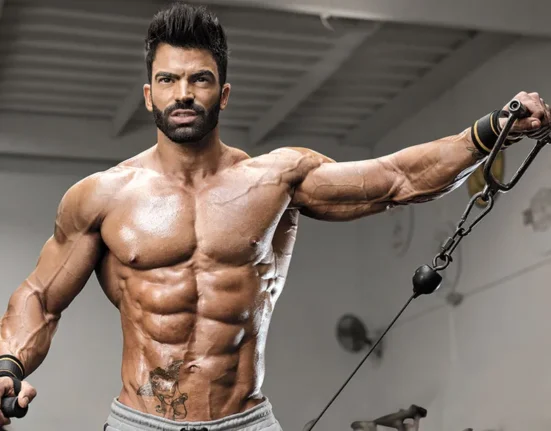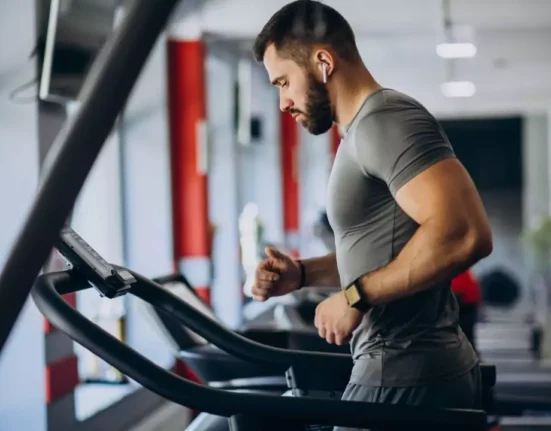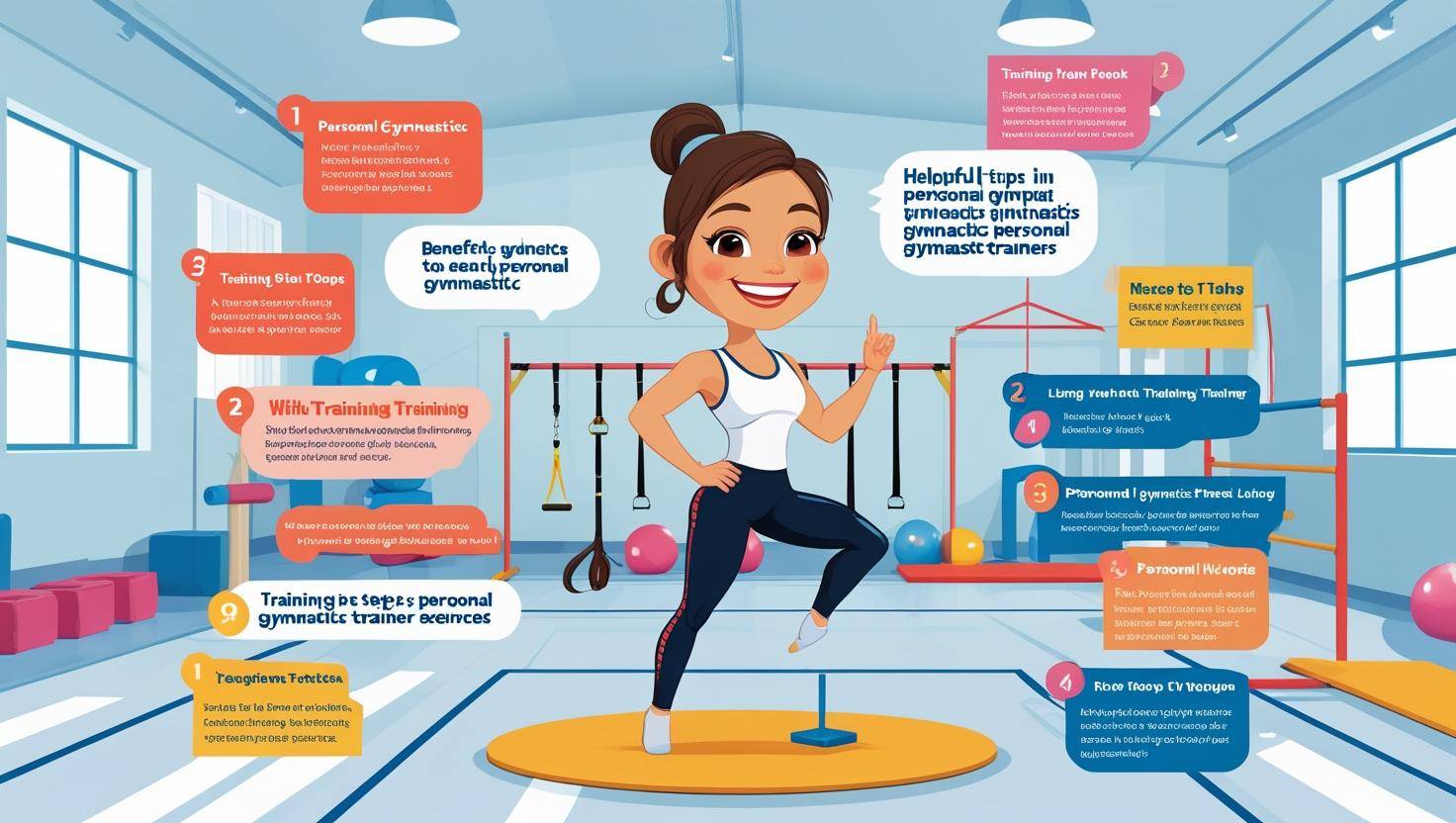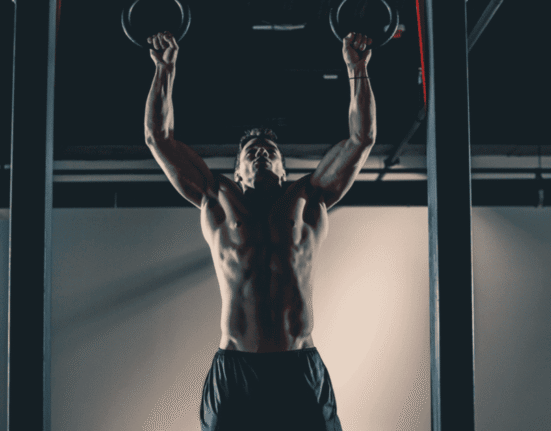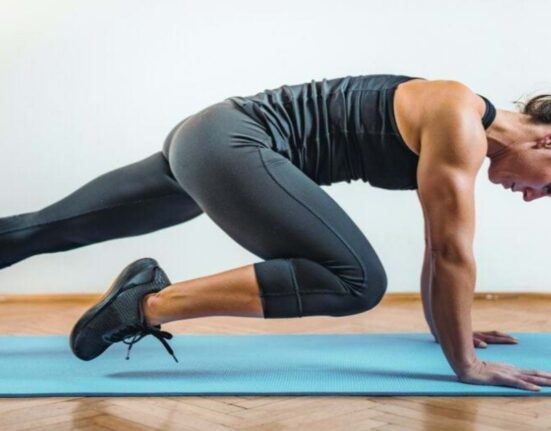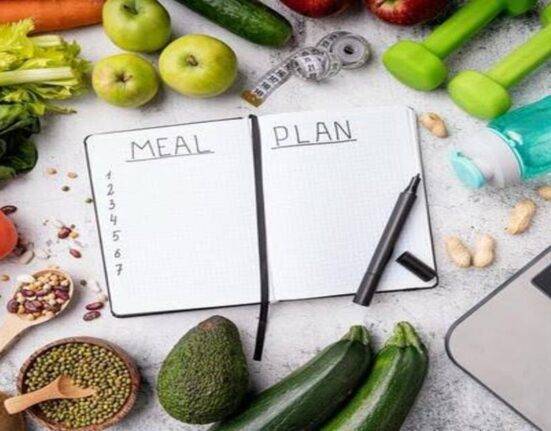You’ve probably typed “personal gymnastics trainer near me” into Google at least once—maybe even today. The search results are full of possibilities, but how do you know which trainer is the one for you? Finding a gymnastics trainer isn’t just about picking someone with a certification. It’s about finding a coach who understands your body, your goals, and your motivation style.
Whether you’re a complete beginner dreaming of your first handstand or a competitive athlete aiming to perfect your vault, this guide will take you step-by-step through the process of choosing the right trainer, building a plan, eating for performance, and avoiding common mistakes. Think of it like a roadmap—you’ll go from “just searching” to confidently starting your journey.
Table of Contents
| Sr# | Headings |
|---|---|
| 1 | Why Choose a Personal Gymnastics Trainer Near Me? |
| 2 | Benefits of Having a Gymnastics Trainer |
| 3 | How to Search for the Right Trainer |
| 4 | Key Qualities to Look for in a Trainer |
| 5 | In-Person vs. Online Training |
| 6 | Understanding Gymnastics Levels & Goals |
| 7 | Building a Customized Training Plan |
| 8 | Example Weekly Gymnastics Training Schedule |
| 9 | Essential Equipment for Training |
| 10 | Nutrition Tips for Gymnastics Performance |
| 11 | Hydration Strategies for Athletes |
| 12 | Common Mistakes Beginners Make |
| 13 | Injury Prevention & Recovery |
| 14 | How Much Does a Personal Gymnastics Trainer Cost? |
| 15 | Tracking Progress & Staying Motivated |
| 16 | Conclusion & Next Steps |
1. Why Choose a Personal Gymnastics Trainer Near Me?
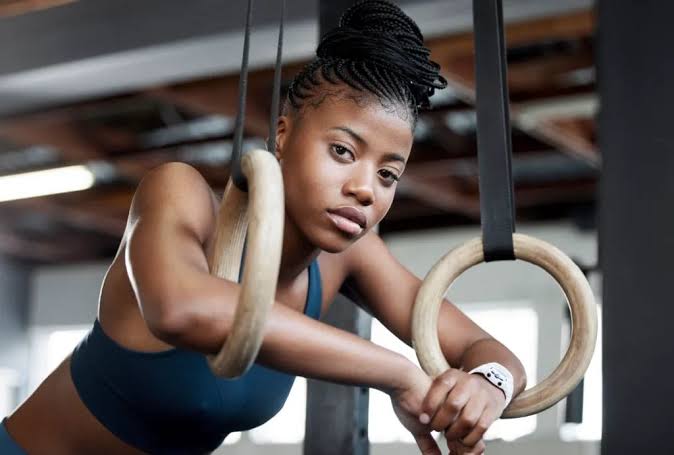
When you hire a local trainer, you gain more than just a workout plan—you gain a hands-on mentor who can adjust your form in real-time and understand your local facilities and schedule.
Advantages of a local trainer:
- Immediate feedback on form, preventing bad habits.
- Access to nearby training spaces and equipment.
- A personal connection that boosts motivation and trust.
Example: Imagine trying to learn a back handspring from a YouTube video—sure, you might get the idea, but without a spotter right there, the risk of injury is much higher.
2. Benefits of Having a Gymnastics Trainer
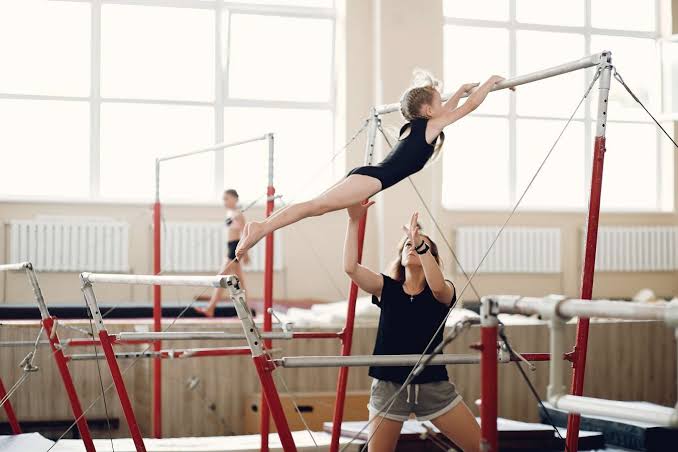
A personal gymnastics trainer is like a GPS for your athletic journey—they help you avoid detours and speed up progress.
Main benefits:
- Faster skill acquisition through targeted drills.
- Reduced injury risk with proper warm-up and form correction.
- Motivation from someone invested in your success.
- Tailored plans that fit your lifestyle and goals.
3. How to Search for the Right Trainer
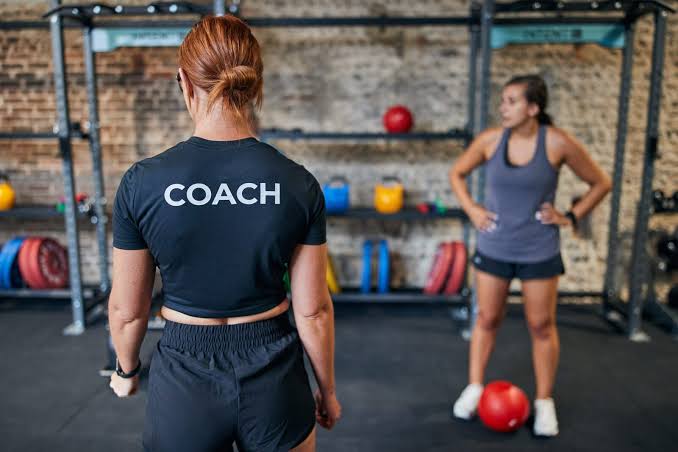
Here’s how to find your ideal trainer step-by-step:
- Google Search: Use terms like “personal gymnastics trainer near me” or “gymnastics coach near [your city]”.
- Local Directories: Check Yelp, Thumbtack, and USA Gymnastics coach listings.
- Social Media: Search Instagram or TikTok for local trainers posting training clips.
- Word of Mouth: Ask friends at local gyms or sports clubs.
- Trial Session: Book one before committing to long-term packages.
4. Key Qualities to Look for in a Trainer

Experience: Preferably certified through USA Gymnastics or with a background in competitive gymnastics.
Communication Skills: Can break down complex movements in plain language.
Patience: Especially crucial for beginners learning new skills.
Adaptability: Able to switch strategies when something isn’t working.
5. In-Person vs. Online Training
In-Person:
- Instant feedback on form.
- Spotting assistance for flips and difficult skills.
- Access to full-size gymnastics equipment.
Online:
- Flexible schedule, train from anywhere.
- Access to specialized trainers outside your city.
Pro tip: Some athletes do hybrid training—one in-person session weekly plus online follow-ups for flexibility.
6. Understanding Gymnastics Levels & Goals
Your trainer will assess your current level:
- Beginner: Focus on flexibility, balance, and basic strength.
- Intermediate: Learning complex flips, vaults, and beam skills.
- Advanced: Perfecting competition routines and artistry.
Setting clear goals—whether that’s doing the splits, competing, or improving overall fitness—will shape your training plan.
7. Building a Customized Training Plan
A good personal gymnastics trainer near you will create a plan that balances skill work, strength, and recovery.
Typical session structure:
- Warm-Up: 10 minutes of dynamic stretching (leg swings, arm circles).
- Skill Practice: Targeted drills for your goals.
- Strength Training: Core holds, push-ups, squats.
- Cool-Down: Static stretches for flexibility.
8. Example Weekly Gymnastics Training Schedule
| Day | Focus Area | Example Exercises |
|---|---|---|
| Monday | Core strength + balance | Planks, handstand holds |
| Tuesday | Flexibility + beam work | Splits training, beam walks |
| Wednesday | Rest or light cardio | Yoga, walking |
| Thursday | Tumbling + vault | Cartwheels, vault approach |
| Friday | Strength & conditioning | Pull-ups, weighted squats |
| Saturday | Routine practice | Floor routine runs |
| Sunday | Rest | Recovery stretches |
9. Essential Equipment for Training
- Gymnastics Mat: For safety during tumbling.
- Balance Beam: Home-sized for daily practice.
- Resistance Bands: For strength and flexibility drills.
- Chalk: To improve grip on bars.
- Foam Roller: For muscle recovery.
10. Nutrition Tips for Gymnastics Performance

Nutrition plays a huge role in gymnastics. According to the American College of Sports Medicine, gymnasts should focus on a balanced mix of macronutrients:
- Protein: 1.2–1.6g per kg of body weight daily for muscle repair (eggs, chicken, lentils).
- Carbs: 45–65% of daily calories for energy (whole grains, fruits).
- Healthy Fats: Support joint health (olive oil, nuts).
- Post-Workout Snack: Greek yogurt with berries within 30 minutes after training.
11. Hydration Strategies for Athletes
Even mild dehydration can impair performance. Aim for:
- 500ml water 1–2 hours before training.
- Sips of water every 15–20 minutes during training.
- Electrolyte drinks for sessions over 90 minutes.
12. Common Mistakes Beginners Make
- Skipping warm-ups.
- Ignoring rest days.
- Overemphasizing skills before building strength.
- Poor nutrition and hydration habits.
13. Injury Prevention & Recovery
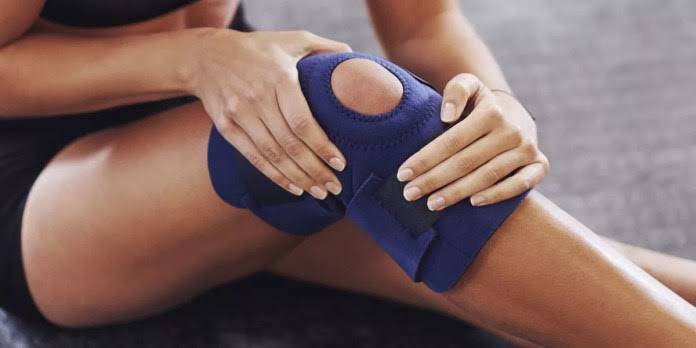
Prevention:
- Always warm up before skills work.
- Maintain good flexibility.
- Use mats for high-impact moves.
Recovery:
- Ice sore areas if needed.
- Use foam rolling for muscle tension.
- Get adequate sleep for repair.
14. How Much Does a Personal Gymnastics Trainer Cost?
Average U.S. rates:
- Beginner sessions: $40–$70/hour.
- Advanced coaching: $80–$150/hour.
- Group rates: Can be cheaper per person.
15. Tracking Progress & Staying Motivated
- Training Journal: Log skills practiced and milestones achieved.
- Progress Videos: Monthly recordings to see improvement.
- Mini Goals: Celebrate small wins, like holding a handstand for 5 seconds.
16. Conclusion & Next Steps
Finding the best personal gymnastics trainer near me can be the game-changer you need. The right trainer will guide your progress, keep you safe, and push you toward your goals faster than going it alone.
Don’t let overthinking delay your progress—book a trial with a trainer today, test the connection, and start your journey toward becoming a stronger, more flexible, and more confident version of yourself.
FAQs
1. How do I know if a personal gymnastics trainer is right for me?
Schedule a trial session and see if their teaching style matches your learning style.
2. Can beginners benefit from a gymnastics trainer?
Yes—trainers teach proper form, build confidence, and prevent injuries from the start.
3. How often should I train in gymnastics each week?
Beginners: 2–3 sessions/week. Competitive athletes: 4–6 sessions/week.
4. What should I eat before a gymnastics session?
A light meal with complex carbs and protein, like oatmeal with banana.
5. Is gymnastics training good for adults?
Absolutely—it boosts flexibility, coordination, and strength at any age.


